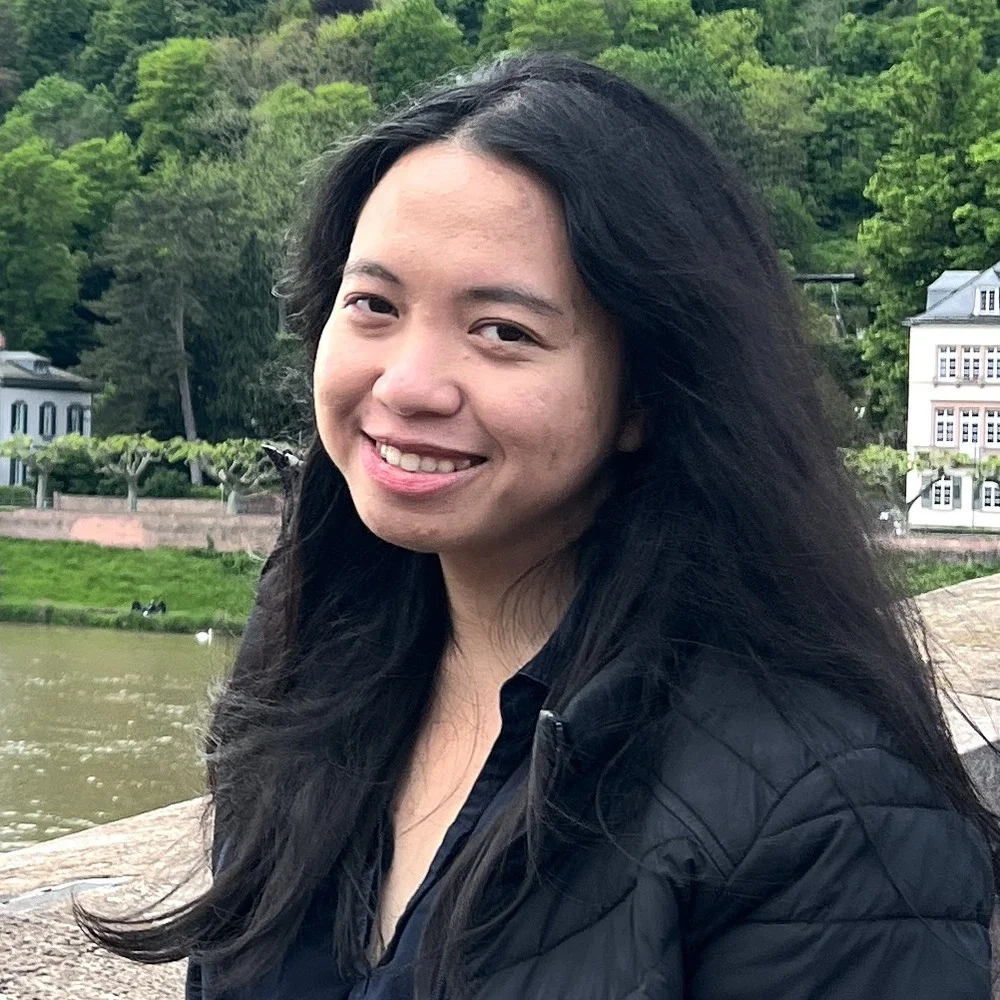Galuh Tunggadewi is an Indonesian photographer whose work explores the small dramas and subtle patterns of urban life. Through her lens, everyday city scenes - from rain-soaked streets to abandoned objects on sidewalks - become stories about how we inhabit shared spaces. Based in Berlin, finds stories in places most people walk past without a second glance.
Statement
Cities are weird, beautiful things. Every street corner holds a story - in the half-drunk coffee cup someone left behind, in the way strangers dance around each other at train stations, in the beat-up couch with a "zu verschenken" (to give away) sign that might be trash or treasure. These are the moments I chase with my camera.
I'm drawn to how cities change people, and how people change their cities right back. Sometimes it's in big ways, but mostly it's in the little things - the umbrella dance everyone does when it rains, the way commuters create accidental patterns in morning light, the silent conversation between someone leaving something on the street and someone else deciding to take it home.
My photographs are about finding those in-between moments when the city drops its mask and shows its real face. It's in these quiet seconds - between the digital and physical, between the rush hours, between the planned and unplanned - that you can see how we all write our own little chapters in the city's endless story.
Awarded Photographer of the Week - Week 47
